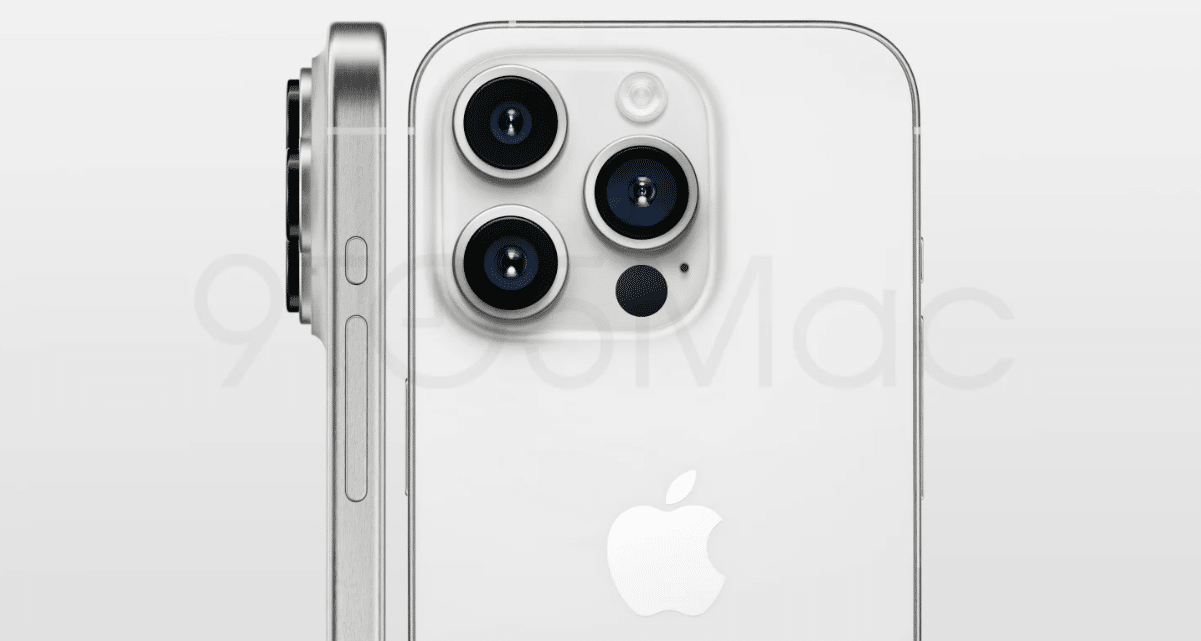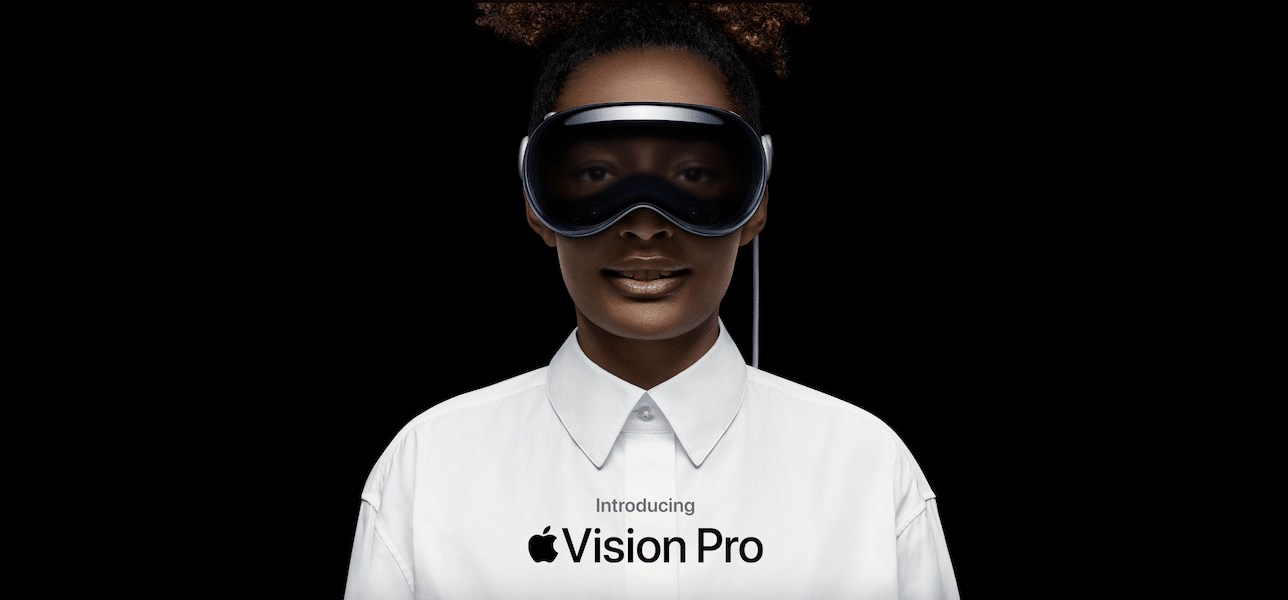Apple recently unveiled its highly anticipated Vision Pro platform at WWDC 2023 with an early 2024 release date. As part of Apple’s strategy to create a comprehensive ecosystem around Vision Pro, TF Securities analyst Ming-Chi Kuo recently revealed the tech giant’s plans for tighter integration between the iPhone and Vision Pro.
Upcoming iPhone models, starting with the iPhone 15 and iPhone 15 Pro will see significant hardware upgrades, including improved Ultra Wideband (UWB) features. Furthermore, the iPhone 16 is expected to be Apple’s first device to support Wi-Fi 7, providing users with faster speeds and better device connectivity.

Enhanced UWB features on iPhone 15
In a new tweet, Kuo revealed that the iPhone 15 is set to receive an upgraded UWB chip, transitioning from the current 16nm to a more advanced 7nm production process.
iPhone 15 will likely see an specification upgrade of UWB, with the production process moving from 16nm to more advanced 7nm, allowing for improved performance or reduced power consumption for nearby Interactions.
This enhancement promises improved performance and reduced power consumption, optimizing nearby interactions. Apple’s U1 chip, which is used in various devices such as the iPhone, Apple Watch, AirPods, and HomePod, will play a crucial role in facilitating seamless integration between Vision Pro and other Apple hardware products.

Wi-Fi 7 support on iPhone 16
Kuo also revealed that Apple aims to incorporate Wi-Fi 7 technology into its devices, starting with the iPhone 16. Wi-Fi 7 brings substantial improvements in data throughput and transfer speeds, with peak rates surpassing 40Gbps.
iPhone 16 will likely upgrade to Wi-Fi 7, which will be more conducive to Apple’s integration of hardware products running on the same local network and provide a better ecosystem experience.
This new standard will also introduce Multi-Link Operation (MLO) technology, enabling simultaneous data transmission and reception over multiple radio bands. With these advancements, Wi-Fi 7 is expected to provide low-latency, high-speed connectivity, particularly beneficial for augmented reality (AR) and virtual reality (VR) experiences.
Wi-Fi 7 offers increased data throughput speeds, up to four times faster than Wi-Fi 6 and nearly six times faster than Wi-Fi 5. The speed of Wi-Fi 7 in conjunction with the Multi-Link Operation technology will lead to improved optimization for smart devices, enhancing responsiveness, efficiency, and latency. Other benefits include a wider channel of up to 320MHz and expanded capacity for public venues like airports, stadiums, and office buildings.
Although Wi-Fi 7 support will be a significant advancement for future iPhones, the technology’s widespread adoption will take time. Users will need to upgrade their Wi-Fi routers to support Wi-Fi 7, which may involve considerable costs, particularly during the initial rollout. However, as more users transition to Wi-Fi 7, they can expect a notable improvement in their overall network experience.